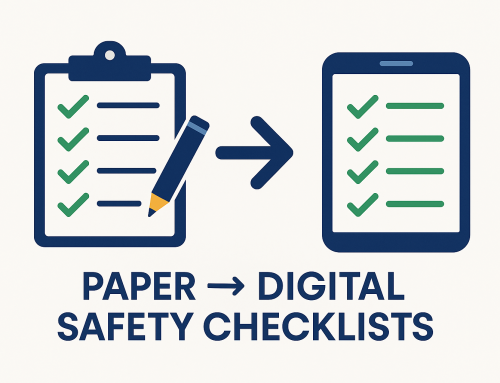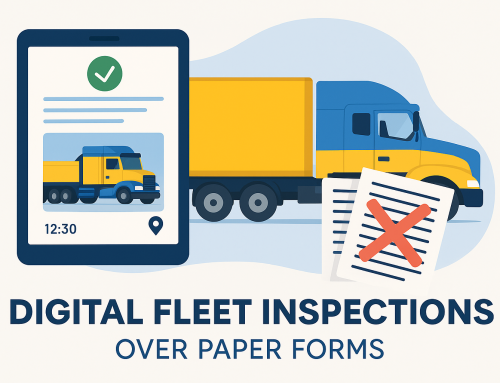Safe Seas: Protecting Crew and Catch – A Guide to Commercial Fishing Vessel Safety Checklists
Quick Highlights
- Why commercial fishing vessel safety checklists are critical for crew safety and catch quality.
- Key components: pre-departure checks, emergency equipment, and maintenance.
- Digital vs. paper checklists – which is better for modern operations?
- How DIGI CLIP mobile forms streamline safety and compliance at sea.
Content
The world of commercial fishing is challenging and unpredictable, where safety takes centre stage. Commercial fishing vessel safety checklists play a crucial role in mitigating risks, ensuring crew well-being, and protecting the valuable catch. In this guide, we’ll cover key checklist components, equipment maintenance, regulatory compliance, and why digital checklists outperform paper-based processes.
Why Safety Checklists Matter
Commercial fishing vessels operate in high-risk environments, making structured safety checklists vital for identifying hazards, ensuring preparedness, and complying with industry standards such as those from the International Maritime Organization (IMO). To understand how digital checklists can enhance safety and compliance, see our guide on industry-specific digital checklists.
Essential Components of Vessel Safety Checklists
- Pre-Departure Safety Checks: Inspect hull, engine, navigation, and safety gear before setting sail.
- Emergency Equipment: Life jackets, life rafts, fire extinguishers, distress signals, and first aid kits.
Equipment Maintenance & Compliance
Regular maintenance of safety equipment—fire suppression systems, life-saving gear, and navigational aids—is essential. Documenting inspections demonstrates compliance with national maritime authorities. For SMBs making the leap from manual logs to efficient digital processes, our resource on paper-to-digital compliance tools provides a practical roadmap.
Advanced Safety Measures
- Electronic Monitoring Systems: Real-time data on vessel performance, weather, and crew activities.
- Crew Training: Regular drills and training ensure everyone knows emergency protocols.
Safety Practices Beyond Checklists
- Monitor weather forecasts and plan fishing operations accordingly.
- Establish clear communication protocols and backup devices.
- Conduct risk assessments for heavy machinery and slippery surfaces.
Paper vs. Digital Safety Checklists
While paper-based checklists are simple and durable, they lack real-time visibility and analytics. Digital safety checklists offer:
- Real-time data capture and notifications.
- Centralised data management and analytics.
- Enhanced accountability and compliance tracking.
Learn how DIGI CLIP mobile forms can digitise your vessel checklists for safer operations. We also recommend reviewing our OSHA compliance guide to align with international safety standards.
DIGI CLIP’s Vessel Safety Checklists
The DIGI CLIP Form Library includes tailored forms for commercial fishing, such as:
- MV001 Trip Register – Sign On
- MV002 Trip Register – Sign Off
- MV003 Vessel Departure Checklist
- MV004 General Daily Checklist
- MV007 Six Monthly Safety Equipment Checks
- MV009 Incident Report Form
- MV012 Crew Training Record
All forms can be customised to suit operational needs, with photo evidence, comments, and digital signatures.
About DIGI CLIP mobile forms
DIGI CLIP is a cloud-based mobile checklist and inspection solution designed for safety and compliance. With real-time tracking, photo evidence, and centralised reporting, DIGI CLIP eliminates paperwork and improves operational efficiency.
Conclusion
Adopting comprehensive commercial fishing vessel safety checklists—especially modern digital solutions like DIGI CLIP—ensures better crew safety, compliance, and operational efficiency. Digital checklists provide real-time visibility, data-driven insights, and seamless record-keeping, which helps avoid costly incidents and regulatory penalties.
Ready to move from outdated paper logs to a powerful digital platform? With DIGI CLIP, you can simplify inspections, track corrective actions, and build a robust safety culture onboard your vessel.








Leave A Comment